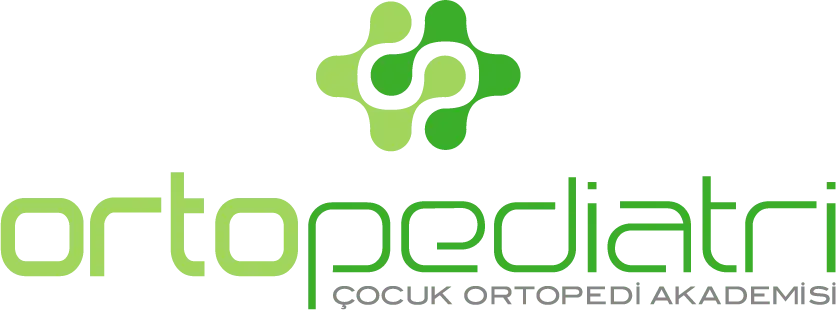In patients with cerebral palsy, orthopedic and neurological problems, as well as various problems which fall within the otorhinolaryngology and dentistry may be seen. The most frequent problem is the growth of adenoid.
As a result of adenoid growth, various clinical conditions may occur in the child. Examples of these are listed below.
- Difficulty in breathing
- Breathing and sleeping with open mouth
- Snoring and apnea during sleeping
- Frequent upper respiratory infection
- Middle ear disorders and hearing problems
- Sinusitis
- Bad breath
- Loss of appetite
- Developmental problems in the jaw, teeth, palate or facial bones.
Daytime comfort of the children whose sleep quality is impaired due to the adenoid is also affected. Frequent recurrent respiratory infections also affect the child’s development, education and daily life.
Another problem of the children with cerebral palsy is the continuous drooling. The reasons for this are inadequate control of the masticatory muscles, mostly breathing through the mouth, difficulty in swallowing, and excessive secretion of saliva.
Excessive saliva flows backwards during sleep, causing coughing attacks and children waking up during all night.
Children with cerebral palsy have serious difficulties in providing oral hygiene. Therefore, their susceptibility to dental and gingiva diseases gradually increases, and frequent dental problems and tooth losses are seen in the patients.
Due to the abovementioned and frequently encountered problems, patients brought to the clinic for an orthopedic examination with the diagnosis of cerebral palsy should be referred to the related units for ear-nose-throat and dental-gingiva examinations. In this way, ear-nose-throat and dental interventions may be conducted for the patients with cerebral palsy during the same session by an orthopedic intervention to be required. Thanks to the ability to perform the procedures in the same session, it is prevented that the child is repeatedly anesthetized for different interventions.

